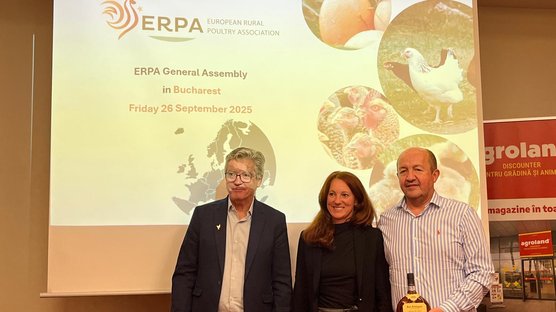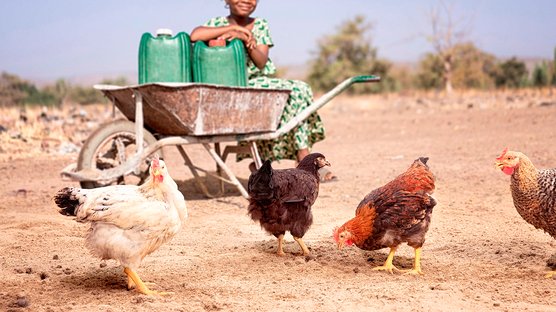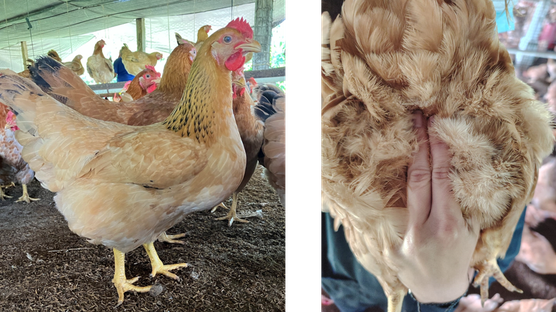
Published on Nov. 22, 2024
Introducing the New Multi-Species SNP Chip
One of our biggest priorities at Hendrix Genetics is our commitment to innovation. We are very proud to present the results of our latest step in accelerating genetic progress with the development of a multi-species SNP chip.
This milestone represents extensive collaboration in our R&D team and demonstrates the power of a multi-species breeding center.
The Importance of SNP Data
Investing in SNP data collection and analysis is crucial for our breeding program. By incorporating SNP information into our selection decisions, we achieve faster and more precise genetic improvements.
Previous to the development of this new chip, standard practice was to utilize one SNP chip per species. The team identified a potential solution that would improve efficiency, optimize resources, and enhance product performance: a multi-species SNP chip.
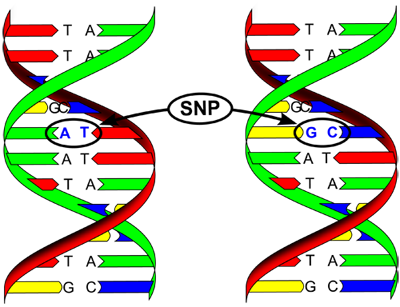
What is a SNP?
SNP stands for single nucleotide polymorphism. This is a genetic variation where a single nucleotide in the DNA sequence differs between individuals. These variations can impact phenotypic performance.
Benefits of the Multi-Species SNP Chip
The implementation of the multispecies SNP chip creates greater efficiency and allows us to increase the number of genotypes for each species under the same budget. This directly relates to improved genetic gain in all our products. After the chip was developed it underwent extensive testing by our Global Genotyping Team to ensure reliability and high-quality results.
The development of this new SNP chip sparked further innovation with the implementation of a robot to manage the increased number of genotypes. This technology enhances automation, streamlining sample handling and DNA extraction.
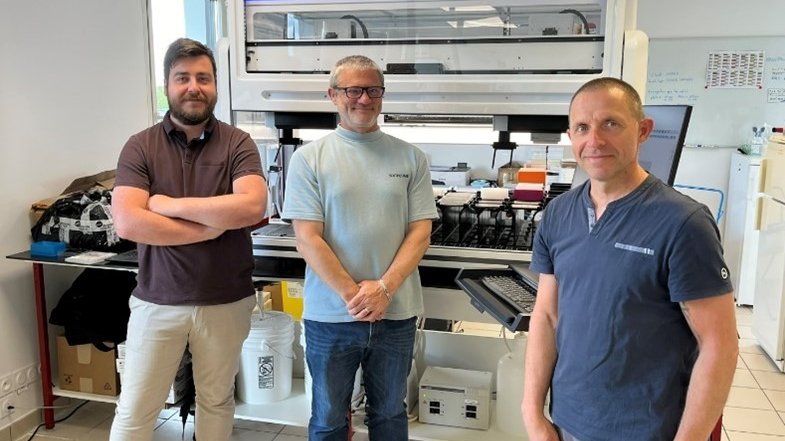
Impact for genetic gain in traditional poultry
This new technology is significantly impacting the SASSO breeding program. We have moved quickly to scale up our genotyping effort, including more lines and more animals per line in our genomic selection program. It's especially important to note that the greatest additional gains are seen in low heritability traits such as persistency in lay, livability and robustness, which were previously hard predict using only phenotypes and a limited number of genotypes.
The Power of Collaboration
This achievement would not have been possible without the dedication and passion of our R&D group. We are excited to fully utilize this new technology and unlock its full potential to create more genetic progress in our products.

